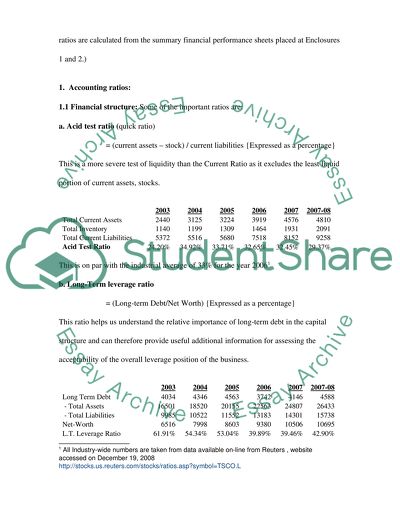Cite this document
(Valuation of Shares: TESCO plc Term Paper Example | Topics and Well Written Essays - 3000 words, n.d.)
Valuation of Shares: TESCO plc Term Paper Example | Topics and Well Written Essays - 3000 words. Retrieved from https://studentshare.org/finance-accounting/1504715-finance-essay
Valuation of Shares: TESCO plc Term Paper Example | Topics and Well Written Essays - 3000 words. Retrieved from https://studentshare.org/finance-accounting/1504715-finance-essay
(Valuation of Shares: TESCO Plc Term Paper Example | Topics and Well Written Essays - 3000 Words)
Valuation of Shares: TESCO Plc Term Paper Example | Topics and Well Written Essays - 3000 Words. https://studentshare.org/finance-accounting/1504715-finance-essay.
Valuation of Shares: TESCO Plc Term Paper Example | Topics and Well Written Essays - 3000 Words. https://studentshare.org/finance-accounting/1504715-finance-essay.
“Valuation of Shares: TESCO Plc Term Paper Example | Topics and Well Written Essays - 3000 Words”, n.d. https://studentshare.org/finance-accounting/1504715-finance-essay.


